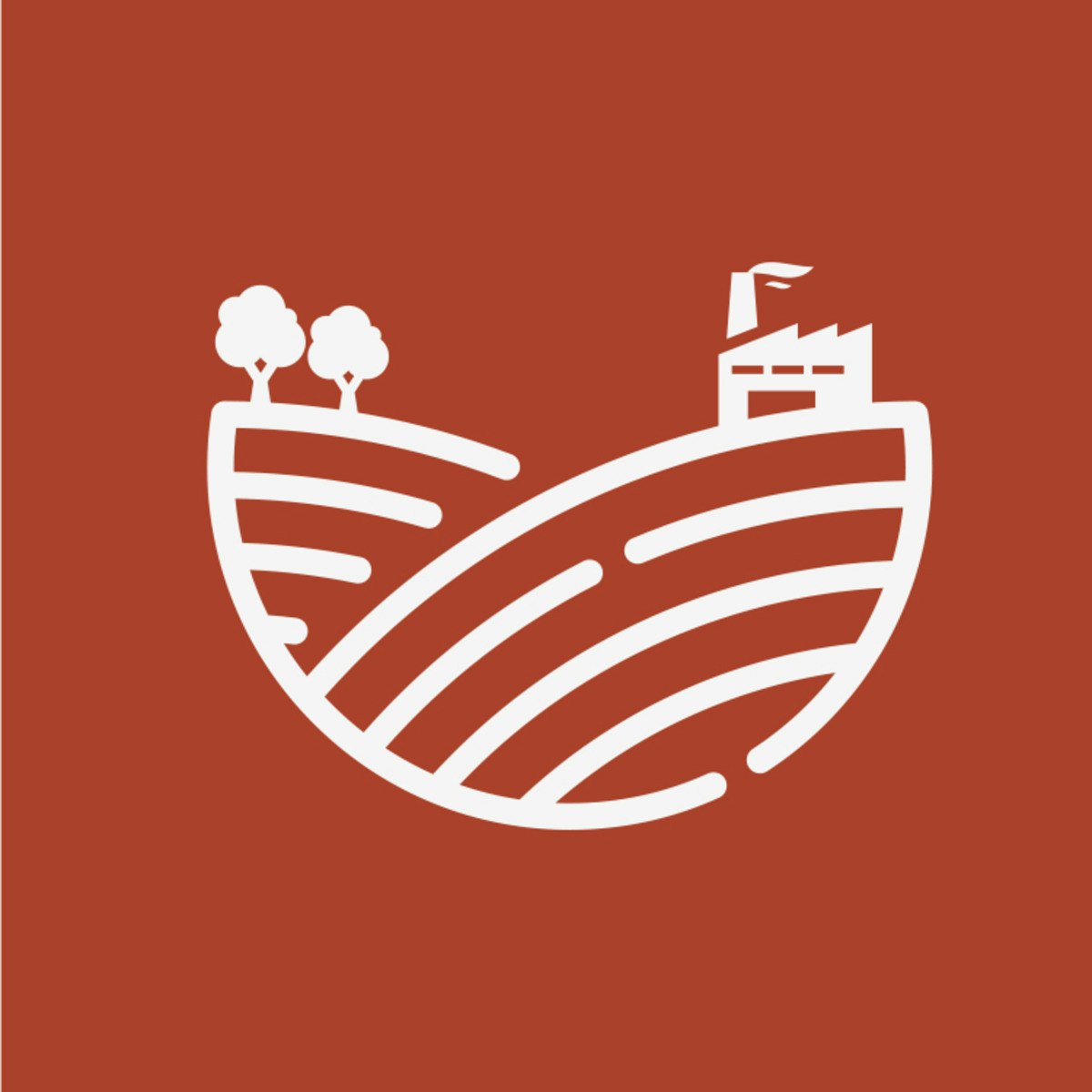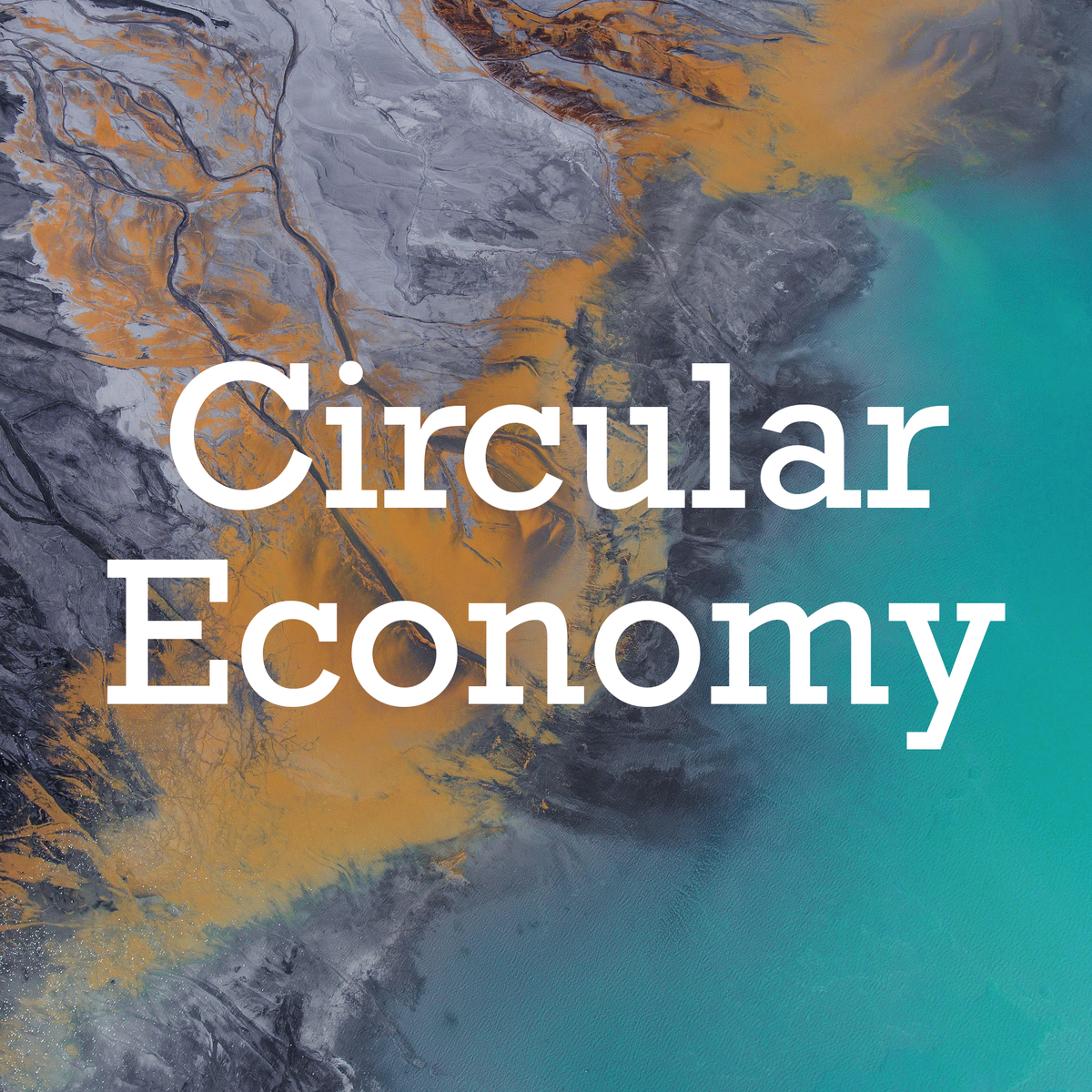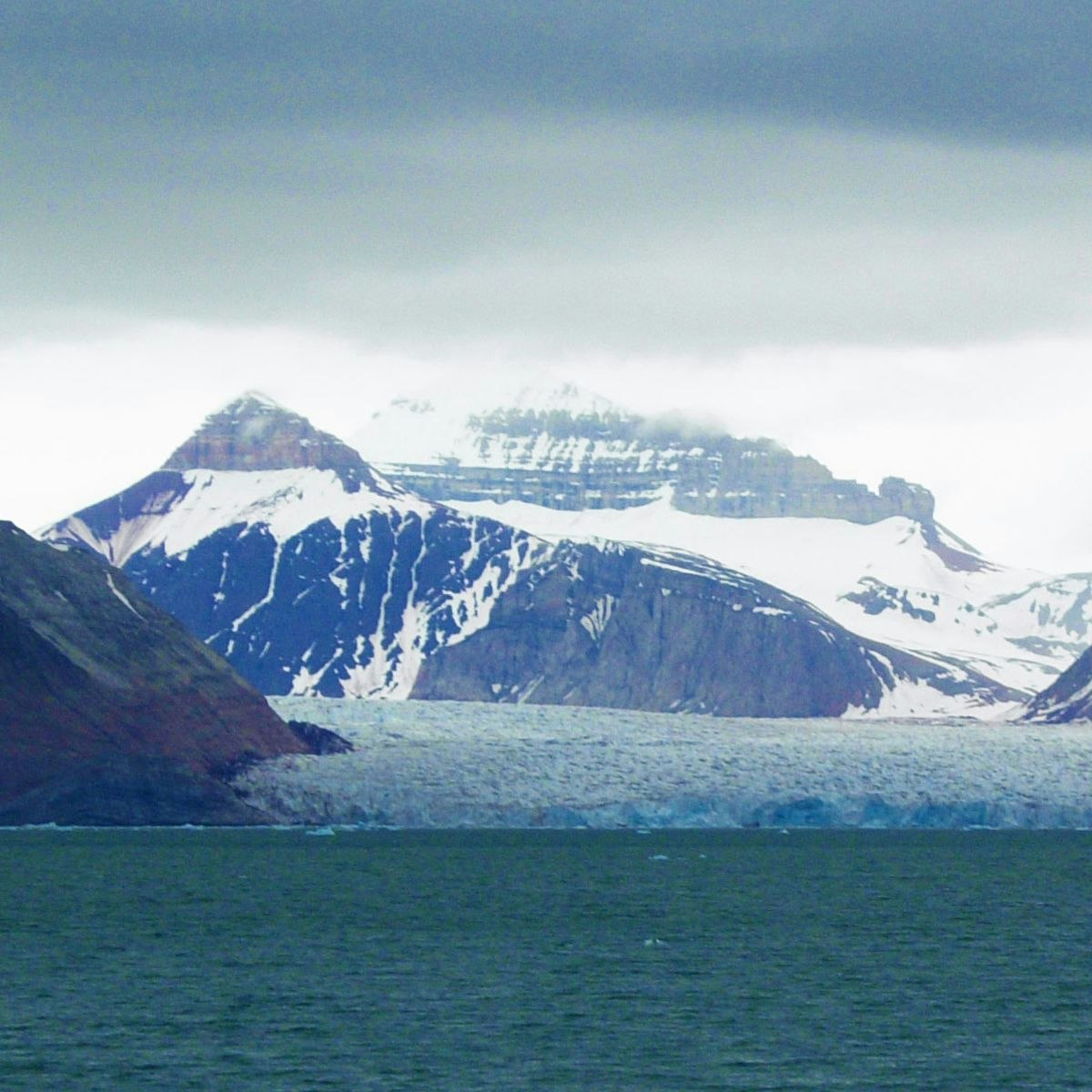Back to Courses









Environmental Science And Sustainability Courses - Page 2
Showing results 11-20 of 151

A Business Approach to Sustainable Landscape Restoration
Integrated landscape management and large-scale landscape restoration should be in every company’s business strategy because in order to reach the Sustainable Development Goal on Land Degradation Neutrality (SDG Number 15.3) scaling up and acceleration of business-driven landscape restoration is urgently needed.
This requires business professionals with a vision, the right knowledge and skills. This MOOC aims to train the next generation of business professionals and developers to acknowledge business’ interdependency with healthy landscapes and understand the value of ecosystem resources.
“Historically, we have found countless ways to justify our continued exploitation of the environment: discovery, tradition, Manifest Destiny, even Chinese hoax. But we’re all out of excuses now. Each passing day swells the data on greenhouse gases and extreme weather, shrinking reservoirs and rising sea levels, and diminishing biodiversity. Our resources are finite, the window for change if not firmly shut, is certainly closing, and all life must adapt or be doomed.”
Téa Obreht,
The New Yorker, Dec. 19&26, 2016, p. 106.
It is a frightening prospect indeed – that all life on Earth must either adapt or be doomed. This course is about landscape degradation – a global and wicked problem that is contributing to the dooming prospect of depletion of Earth’s finite resources. But this course is also about the solutions to this problem – business driven landscape restoration.
So rather than leaving you powerless with the prospect Obreht puts fowards above, it is our hope that you learn how you can be part of the solution to making sure that Planet Earth still provides a safe and habitable home for future generations.
We must act big and we must act now.
With this course we want to pass on valuable knowledge and teach you useful skills that you can apply in your professional life that will enable you to tackle the issue of landscape degradation and restoration.
The issue is urgent, so let’s dive right into it.
This MOOC is developed by the ENABLE partnership, which is co-funded by the ERASMUS+ programme of the European Commission and involves a diverse, international group of organizations including Rotterdam School of Management, Erasmus University, Commonland, United Nations University Land Restoration Training Programme, the Spanish National Research Council and Estoril Global Conferences.

Mountains 101
Mountains 101 is a broad and integrated overview of the mountain world. This 12-lesson course covers an interdisciplinary field of study focusing on the physical, biological, and human dimensions of mountain places in Alberta, Canada, and around the world. Specifically, we'll study the geological origins of mountains, how they’re built-up and worn-down over time; we’ll learn about their importance for biodiversity and water cycles, globally and locally; we’ll explore their cultural significance to societies around the globe, and how that relationship has evolved over time; and we’ll learn how mountains are used, how they’re protected, and how today they’re experiencing rapid change in a warming climate.
At the end of each lesson, Mountains 101 will also provide learners with some smart tricks -- Tech Tips -- to safely enjoy time in the high alpine environment: from how to pick the best footwear for hiking to making smart decisions in avalanche terrain.
We’ll be delivering your online lessons from valley bottoms to mountaintops, from museums and labs, to alpine huts and other spectacular alpine sites, and we’ll do so with the help of a whole host of experts.
We invite you to join us for this online adventure! The mountains are calling...

Circular Economy - Sustainable Materials Management
This course looks at where important materials in products we use every day come from and how these materials can be used more efficiently, longer, and in closed loops. This is the aim of the Circular Economy, but it doesn’t happen on its own. It is the result of choices and strategies by suppliers, designers, businesses, policymakers and all of us as consumers.
In addition to providing many cases of managing materials for sustainability, the course also teaches skills and tools for analyzing circular business models and promotes development of your own ideas to become more involved in the transition to a Circular Economy.
You will learn from expert researchers and practitioners from around Europe as they explain core elements and challenges in the transition to a circular economy over the course of 5 modules:
Module 1: Materials. This module explores where materials come from, and builds a rationale for why society needs more circularity.
Module 2: Circular Business Models. In this module circular business models are explored in-depth and a range of ways for business to create economic and social value are discussed.
Module 3: Circular Design, Innovation and Assessment. This module presents topics like functional materials and eco-design as well as methods to assess environmental impacts.
Module 4: Policies and Networks. This module explores the role of governments and networks and how policies and sharing best practices can enable the circular economy.
Module 5: Circular Societies. This module examines new norms, forms of engagement, social systems, and institutions, needed by the circular economy and how we, as individuals, can help society become more circular.
This course is brought to you by:
LUND UNIVERSITY
INTERNATIONAL INSTITUTE FOR INDUSTRIAL ENVIRONMENTAL ECONOMICS (IIIEE)
EIT RAWMATERIALS
VITO
GEOLOGICAL SURVEY OF DENMARK AND GREENLAND
NATIONAL TECHNICAL UNIVERSITY OF ATHENS
GHENT UNIVERSITY
DELFT UNIVERSITY OF TECHNOLOGY

Wind resources for renewable energies
The main goal of this course is to get the necessary knowledge on atmospheric and fluid dynamics in order to quantify the wind resource of a local or regional area.
We’ll learn about basic meteorology, the specific dynamics of turbulent boundary layers and some standard techniques to estimate wind resources regardless of the type of turbine used or the level of efficiency achieved. Then, we will see what are the turbines characteristics to consider in order to estimate the electricity production from an isolated turbine or from a turbine farm. The differences and similarity between wind or marine resource assessment will also be discussed.
Finally, you will have the opportunity to get hands-on experience with real in-situ data sets and apply what you have learned on wind resource assessment.

The Arctic as a System
In this course you will first learn about the Arctic as a geographic region, the peoples the Arctic, and the long history of Arctic settlement and exploration. Attention then turns to key features of the Arctic environment – its climate and weather, features of the ocean, sea ice, lands and the Greenland Ice Sheet, and some of the rapid changes being observed.
Learning Objectives: Appreciate the long history of the Arctic and its
peoples. Recognize and recall the physical geography of the Arctic, including
major features of the Arctic Ocean and Arctic lands. Describe the key climate and
environmental elements of the Arctic, including its sea ice cover, patterns of
temperature, precipitation, snow cover, land ice, permafrost and vegetation, the
physical processes giving rise to these features, and how they are changing.

Careers in Sustainability
This course is an introduction to careers in sustainability, focusing primarily on the role of a sustainability analyst at public and private organizations. Through a mix of video, print, peer review, and interactive content, learners will be able to explain sustainability and the specifics of a sustainability analyst’s job within an organization.
The course is structured around two elements: topical knowledge and practical application. Throughout the course, learners can practice what they learn and get feedback from their peers to build their skills. Additionally, knowledge checks provide milestones for learners to ensure that they understand the necessary information about each topic presented. Each module begins with a video that introduces the concepts taught in the lesson, including interviews with ASU School of Sustainability professors.
Interactive activities and hands-on application are central to the learner experience in this course. They include participating in mini-application experiences, trying out real-life skills with expert feedback, and creating personalized tools like presentation slide decks and spreadsheet templates to use in the role on day one of a new job. The interactive and hands-on activities are specifically designed to teach not only sustainability skills but also professional skills like professional writing, presentation skills, and conducting successful video meetings. This combination of practical skills and specialized content makes this course a unique foundation for the rest of the specialization.

Geodesign: Change Your World
Ignite your career with Geodesign! The magnitude of challenges before us exceeds the reach of conventional approaches to planning and design. The pandemic has spawned urgent needs for new design approaches and solutions. Also at the doorstep is climate change: altering community design approaches; addressing infrastructure types and locations; as well as the need to protect carbon-sequestering environs. Geodesign provides a revolutionary way forward. It leverages information systems to foster collaborations that result in geographically specific, adaptive, and resilient strategies to wicked problems across scales of the natural and built environment. Geodesign builds confidence through dynamic real-time feedback, which empowers engaged collaborations for meaningful plans. With Geodesign, you can change your world – for the better!
This course includes well-illustrated lectures by the instructor, as well as guest lectures each week to ensure you are hearing a variety of viewpoints. Each week you will also be able to examine what Geodesign is through interactive mapping that showcases real-word Case Study examples of Geodesign from around the globe. As you move along in the course, you will discover the interrelationships of both the physical and human aspects that contribute to how Geodesign strategies are composed. The course concludes with you outlining your own Geodesign Challenge, and receiving feedback about that from your peers

Act on Climate: Steps to Individual, Community, and Political Action
Are you concerned about climate change? Would you like to learn how to address and respond to this challenge? If so, this course is for you.
Act on Climate: Steps to Individual, Community, and Political Action is intended to help learners understand, address and respond to climate change as individuals and in partnership with their communities and political leaders. The course focuses on how to translate learning into action on climate change in the areas of food, energy, transportation and the built environment (cities). This course was co-developed and taught by Michaela Zint, Professor of Environmental Education and Communication, and University of Michigan Students. A range of academic climate change experts and professional leaders are featured.
As a result of completing this course, you will be able to:
1) Identify individual, community, and political actions you can engage in to effectively address and respond to climate change.
2) Describe how insights from the social sciences can be employed to create change at the individual, community, and political levels.
3) Feel empowered to continue to influence how you, your community, and political leaders address and respond to climate change.
Use #UMichActonClimate on social media to share what you're doing and connect with other learners.

Creativity, Innovation and Transformation
Our lives are being disrupted by pandemics, global warming, wars, political chaos, and technological innovations.
We must prepare for an unpredictable and unknown future - and this is the goal of the course on Creativity, Innovation and Transformation (CIT)! CIT is an upgrade of the former Creativity, Innovation and Change (CIC) course, which is now streamlined and updated with a new module on Transformation.
The course consists of four main Modules:
Innovation Toolbox
Creative Diversity
CENTER
Transformation
The course offers unique ways to:
Discover our unique creative and innovative nature
Grow our sense of responsibility to ourselves and our community
Transform our inner world into higher moral and ethical states
Appreciate unexpected beauty and deeper meaning in our lives.
Through a blend of rich and fresh perspectives on topics of creativity, innovation, and transformation, the course contributes to making us aware of our unique creative selves and how we can unfold our individuality in a world of disruptions and differences in great need of everyone’s creative, innovative and transformative potential!
Welcome to CIT MOOC!
Recommended Readings
Innovate or Die - Jack Matson: http://amzn.to/14Wed0V
CENTER - Darrell Velegol: http://amzn.to/17rLzXJ

Geographical Information Systems - Part 2
This course is the second part of a course dedicated to the theoretical and practical bases of Geographic Information Systems (GIS).
It offers an introduction to GIS that does not require prior computer skills. It gives the opportunity to quickly acquire the basics that allow you to create spatial databases and produce geographic maps.
This is a practical course that relies on the use of free Open Source software (QGIS, Geoda).
In the first part of the course (Geographical Information Systems - Part 1), you explored the basics of land digitization and geodata storage. In particular, you learned how to:
- Characterize spatial objects and phenomena (spatial modeling) from the point of view of their positioning in space (coordinate systems and projections, spatial relationships) and according to their intrinsic nature (object or vector mode vs. image or raster mode);
- Use various data acquisition methods (direct measurement, georeferencing of images, digitization, existing data source, etc.);
- Use various geodata storage methods (simple files and relational databases);
- Use data modeling tools to describe and implement a database;
- Create queries in a query language and data manipulation.
The second part of the course deals with spatial analysis methods and georeferenced information representation techniques. In particular, you will learn how to:
- Analyze the spatial properties of discrete variables, for example by quantifying spatial autocorrelation;
- Work with continuous variables (sampling, interpolation and construction of isolines)
- Use digital elevation models (DEMs) and their derivatives (slope, orientation, etc.);
- Use geodata superposition techniques;
- Produce cartographic documents according to the rules of the semiology of graphics;
- Explore other forms of spatial representation (interactive cartography on the internet, 3D representations, and augmented reality).
The page https://www.facebook.com/moocsig provides an interactive forum for participants in this course.
Popular Internships and Jobs by Categories
Find Jobs & Internships
Browse
© 2024 BoostGrad | All rights reserved